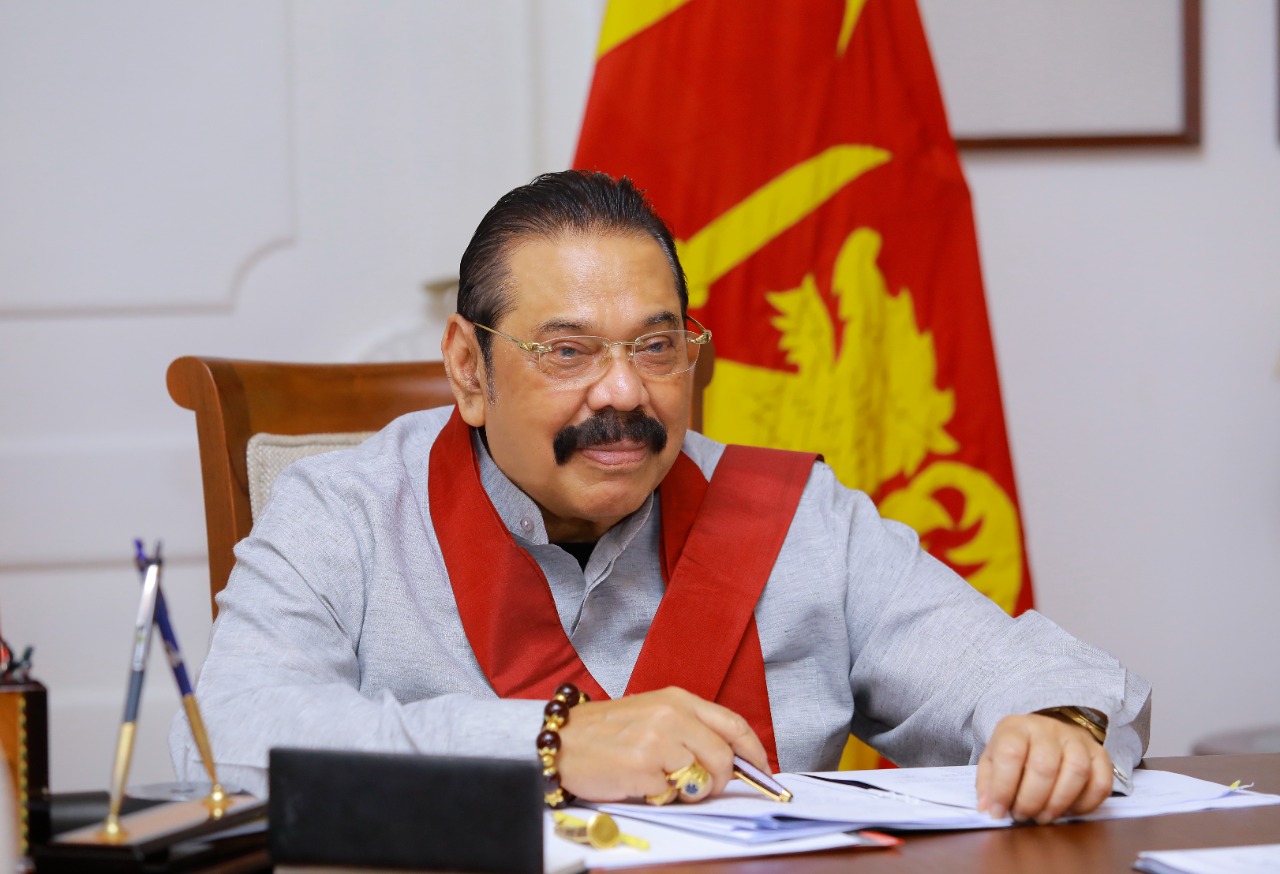Sri Lanka’s national inflation rose 0.8 percent in September on a year-on-year basis (YoY), decelerating from 2.1 percent in August, as food prices declined and non-food prices rose at a slower pace.
The National Consumer Price Index (NCPI) measures the countrywide inflation and is released by the Census and Statistics Department, with a lag of 21 days every month.
Food prices continued their deflation in September, registering a decline of 5.2 percent on a YoY basis, from 5.4 percent in August.
Non-food inflation decelerated to 5.9 percent in September on a YoY basis, from 9 percent in August.
Inflation measured by the Colombo Consumer Price Index (CCPI), the inflation index preferred by the Central Bank and policymakers, was 1.3 percent in September, down from 4 percent in August.
Within a span of one year, Sri Lanka was able to bring galloping inflation under control by steeply jacking up interest rates and destroying aggregate demand.
The Central Bank has now set an inflation target of 5 percent for the medium term, with a permissible deviation of up to 2 percent in either direction.
Sri Lanka this month announced an 18 percent increase in electricity tariff.
The Central Bank earlier this month said a short-lived upward movement in inflation is possible as a result of the cost-reflective energy and utility prices and revenue mobilisation measures the government may introduce in the upcoming months to boost its revenue to meet the International Monetary Fund targets.
The Central Bank’s Economic Research Department believes that the disinflation process that continued for last several months is expected to turnaround from the third quarter and stabilise around 5 percent target level over the medium term.
Sri Lanka’s economy recorded a contraction in economic growth to 3.1 percent in the second quarter and the Central Bank expects the economy to record a positive growth on a quarterly basis in the second half of the year.
-daily mirror





